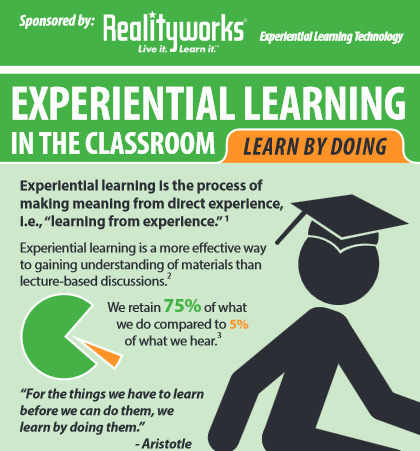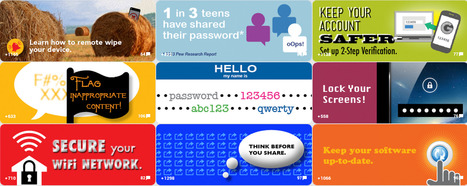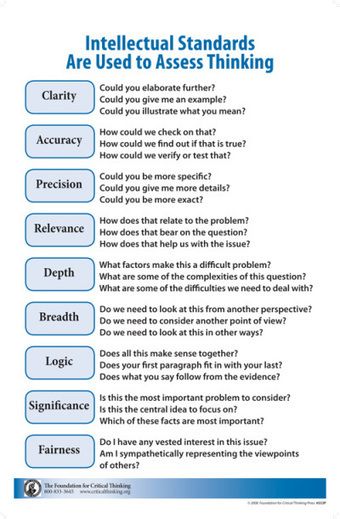Research and publish the best content.
Get Started for FREE
Sign up with Facebook Sign up with X
I don't have a Facebook or a X account
Already have an account: Login
Tech tools that assist all students to be independent learners & teachers to become better teachers
Curated by
Beth Dichter
 Your new post is loading... Your new post is loading...
 Your new post is loading... Your new post is loading...
|

Charles Fischer's curator insight,
February 11, 2015 7:56 AM
A few great ideas for critical thinking. I particularly liked the activity called "telephone" (not the listening game). Teachers can use all the strategies they can to help their students think better!

Dr. Robin Yap, JD, PhD's curator insight,
September 10, 2013 10:29 AM
What is your takeaway from this? 
Ana C. Robles's comment,
September 12, 2013 9:34 AM
Ideas and elements when creating an info-graph... Good source for designers.
|













Career and Technical Education programs (often called vocational schools) have their students learn by doing. Learning by doing is known as experiential learning. Why is experiential learning beneficial? Below are the three reasons described in this post.
Reason 1: Experiential education promotes positive attitudes towards learning.
Reason 2: Experiential education provides true-to-life experience that enhances career exploration.
Reason 3: Experiential education helps create more engaged members of the workforce.
Each of these reasons is discussed in the post. There is also an excellent infographic, Experiential Learning in the Classroom: Learn by Doing.